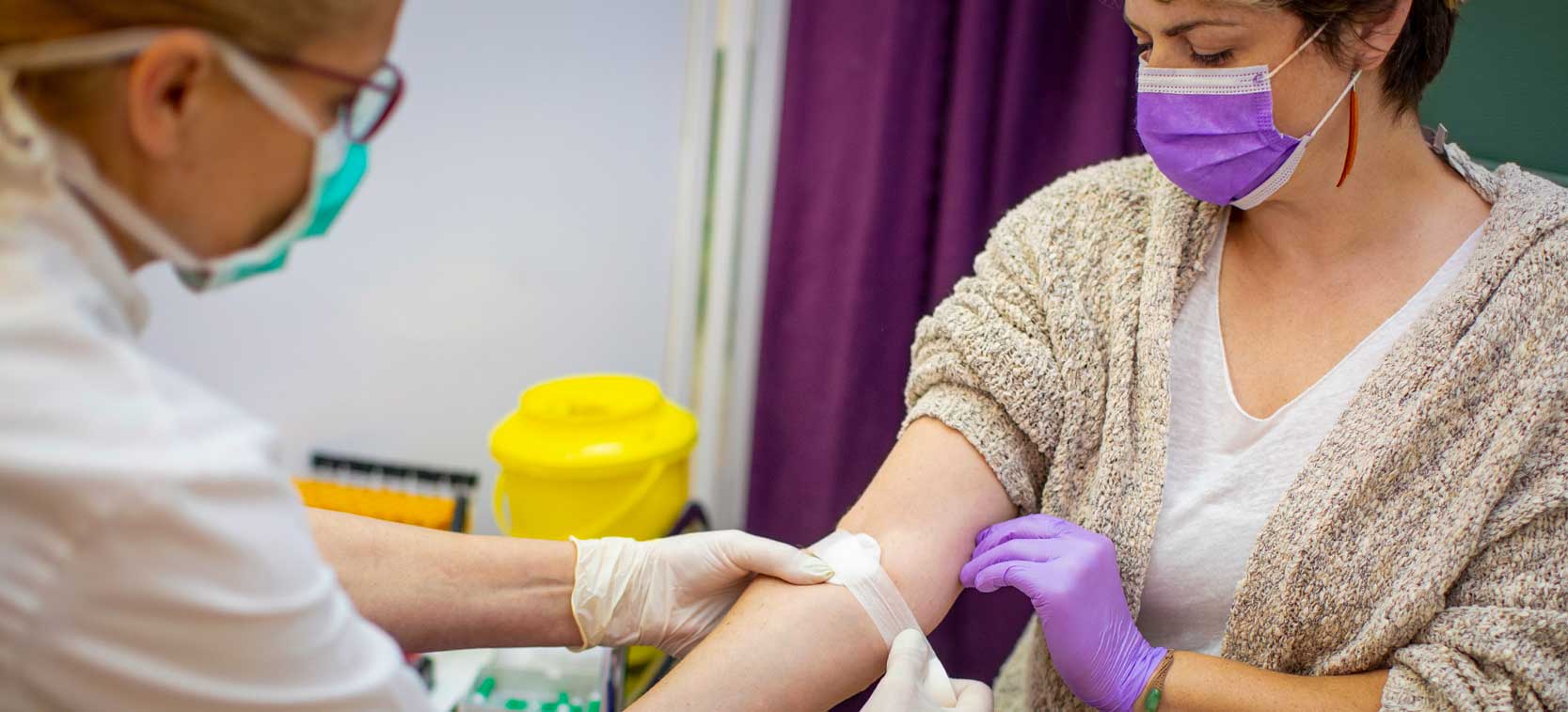Some Ideas on Northeast Medical Institute - New Haven Campus Phlebotomy Course & Cna Class You Need To Know
Wiki Article
Northeast Medical Institute - New Haven Campus Phlebotomy Course & Cna Class Can Be Fun For Anyone
Table of ContentsNot known Facts About Northeast Medical Institute - New Haven Campus Phlebotomy Course & Cna ClassNortheast Medical Institute - New Haven Campus Phlebotomy Course & Cna Class Can Be Fun For AnyoneSome Known Details About Northeast Medical Institute - New Haven Campus Phlebotomy Course & Cna Class An Unbiased View of Northeast Medical Institute - New Haven Campus Phlebotomy Course & Cna ClassThe Facts About Northeast Medical Institute - New Haven Campus Phlebotomy Course & Cna Class UncoveredAn Unbiased View of Northeast Medical Institute - New Haven Campus Phlebotomy Course & Cna Class
The usage of such devices ought to be gone along with by other infection avoidance and control techniques, and training in their use.For setups with low resources, cost is a motoring consider purchase of safety-engineered devices - CNA Courses. Where safety-engineered devices are not readily available, competent use a needle and syringe is appropriate. Unintentional direct exposure and details information concerning a case must be videotaped in a register. Support solutions need to be advertised for those that undergo unintentional direct exposure.
labelling); transport conditions; analysis of outcomes for clinical monitoring. In an outpatient division or facility, give a devoted phlebotomy cubicle containing: a clean surface area with two chairs (one for the phlebotomist and the other for the patient); a hand wash container with soap, running water and paper towels; alcohol hand rub. In the blood-sampling area for an outpatient division or clinic, provide a comfortable reclining couch with an arm rest.
The 7-Second Trick For Northeast Medical Institute - New Haven Campus Phlebotomy Course & Cna Class
Make certain that the indications for blood sampling are clearly defined, either in a written method or in documented guidelines (e.g. in a lab form). Accumulate all the equipment required for the procedure and location it within safe and simple reach on a tray or cart, making certain that all the items are plainly visible.Present yourself to the client, and ask the patient to state their complete name. Examine that the research laboratory type matches the client's identification (i.e. match the individual's details with the research laboratory kind, to ensure accurate identification).
Make the client comfy in a supine placement (if feasible). Location a clean paper or towel under the individual's arm. Go over the examination to be performed (see Annex F) and obtain verbal permission. The client has a right to decline a test any time before the blood sampling, so it is necessary to ensure that the client has recognized the treatment.
Northeast Medical Institute - New Haven Campus Phlebotomy Course & Cna Class Fundamentals Explained
Expand the client's arm and evaluate the antecubital fossa or forearm. Situate a capillary of an excellent size that shows up, straight and clear. The layout in Section 2.3, reveals usual positions of the vessels, however several variations are feasible. The average cubital blood vessel exists between muscular tissues and is usually the most simple to puncture.DO NOT put the needle where veins are drawing away, due to the fact that this raises the opportunity of a haematoma. The blood vessel must show up without using the tourniquet. Finding the blood vessel will certainly help in determining the appropriate size of needle. Use the tourniquet concerning 45 finger widths over the venepuncture site and re-examine the her response capillary.
Samplings from main lines bring a risk of contamination or incorrect laboratory examination outcomes. It is acceptable, yet not suitable, to draw blood samplings when very first introducing an in-dwelling venous gadget, before connecting the cannula to the intravenous fluids.
The 7-Minute Rule for Northeast Medical Institute - New Haven Campus Phlebotomy Course & Cna Class
Failure to permit sufficient call time enhances the threat of contamination. DO NOT touch the cleaned up website; in certain, DO NOT put a finger over the vein to direct the shaft of the revealed needle.Ask the individual to form a fist so the veins are much more noticeable. Enter the vein swiftly at a 30 degree angle or less, and continue to present the needle along the capillary at the most convenient angle of entry - PCT Training. Once adequate blood has been collected, launch the tourniquet BEFORE taking out the needle
Northeast Medical Institute - New Haven Campus Phlebotomy Course & Cna Class - Truths
Take out the needle delicately and apply mild pressure to the website with a clean gauze or dry cotton-wool ball. Ask the person to hold the gauze or cotton wool in area, with the arm expanded and elevated. Ask the client NOT to flex the arm, because doing so triggers a haematoma.
Northeast Medical Institute - New Haven Campus Phlebotomy Course & Cna Class Can Be Fun For Everyone
Do not press the syringe plunger due to the fact that additional pressure boosts the danger of haemolysis. Where possible, keep the tubes in a shelf and relocate the shelf in the direction of you. Inject downwards into the proper coloured stopper. DO NOT remove the stopper because it will certainly launch the vacuum. If the sample tube does not have a rubber stopper, inject incredibly gradually into television as minimizing the pressure and rate made use of to transfer the specimen lowers the risk of haemolysis.
Report this wiki page